Seville Less Than 48 Hours
Introduction
Some cities blast you away; others slowly win you over. Seville disarms and seduces you. Its historic center, lorded over by a colossal Gothic cathedral, is an intoxicating mix of resplendent Mudéjar palaces, baroque churches, and winding medieval lanes. Flamenco clubs keep the intimacy and intensity of this centuries-old tradition alive. At the same time, aristocratic mansions recall the city’s past as a showcase of Moorish capital and, later, a 16th-century metropolis rich on the back of New World trade. But while history reverberates, Seville is as much about the here and now as the past. It’s about eating tapas in a crowded bar or seeing the end of the day over a drink on a buzzing plaza. The sevillanos have long since mastered the art of celebrating, and the city’s incredible annual festivals, notably the Semana Santa and Feria de Abril, are among Spain’s most heartfelt.
How to Get to Seville?
Seville is a destination open to the world and ideally linked to the main European cities. You can arrive in Seville by air, road, train, or even by sea. Choose your preferred means of transport.
By Air: If you decide to fly to Seville, you’ll land at the Seville airport (SVQ), also called the San Pablo airport. It’s a first-class airport in a city with a long aeronautical tradition. This is not in vain, as it is next to the Seville airport and is one of Europe’s most critical aeronautical complexes.
By Train: Seville is a pioneer in developing Spain’s high-speed rail. In fact, in 1992, it was the inaugural destination for our country’s first high-speed railway line.
You can reach Santa Justa Station on high-speed lines from Cordoba, Madrid, Zaragoza, and Barcelona on the southwest-northeast line of the AVE and from Malaga on the AVANT trains. Thanks to high-speed connections with Europe, a person can travel, for example, from London to Seville, along high-speed rails the whole way. Santa Justa Station is the work of renowned Seville, Cruz, and Ortiz architects. The terminal’s location is formidable, just a 15-minute walk from the city center.
Seville Short Stay Packages
Let’s Start our 48-Hour Challenge
Day 1
Morning: Be swept back in time to King Pedro the Wise’s Mudejar (Christian-Moorish) royal court at the 14th-century Alcazar Palace (Patio de Banderas; 00 34 954 502 324), with its exquisite ceramic tiles and heavenly gold ceilings. Explore the gardens, home to peacocks, pavilions and pools. Look familiar? You may have seen it as the Water Gardens of Dorne in Game of Thrones. In summer they hold outdoor night-time concerts here, probably Seville’s most magical venue, with the grutesco stone wall as a backdrop as moonlight streams through the palm trees. Note: entry is free on Monday afternoons.
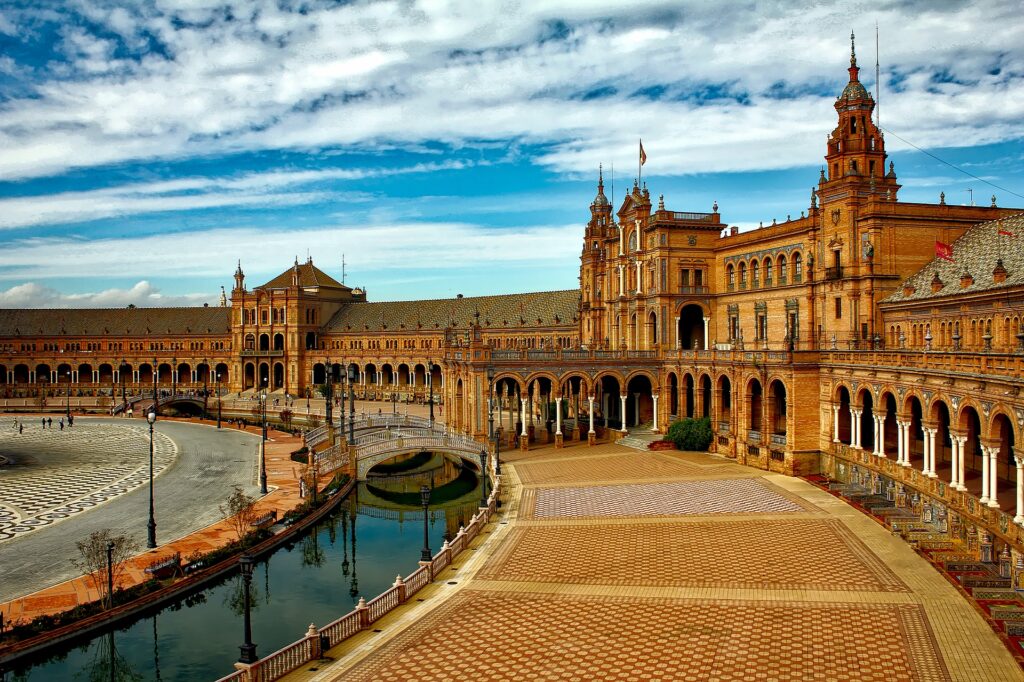
Then, cross Plaza del Triunfo and be wowed – inside and out – by Seville Cathedral (00 34 902 099 692), the third-largest in the world. The basilica’s scale is jaw-dropping, with a 40-meter-plus high nave and 80 chapels. Be sure to climb up the Giralda belltower, formerly the mosque’s minaret that stood here, for fabulous views over Barrio Santa Cruz. For lunch, reward yourself with some divine modern tapas at nearby La Azotea (Calle Mateos Gago 8, 00 34 954 215 878) – try sea bass ceviche or razor clams with butter beans.
Afternoon: Head down Calle San Fernando, stopping off at the food store Mimo (00 34 854 556 800), inside the palatial Hotel Alfonso XIII (00 34 954 917 000), for some gourmet goodies such as own-label sauces, organic jams, and extra virgin olive oil (you can make your own blend). They also offer wine tastings and cooking classes.
Admire the Royal Tobacco Factory next door, one of the settings for Seville’s famed Carmen – spot the head of Colon (Christopher Columbus) on the entrance – and stroll on to Parque Maria Luisa, home to pretty tiled benches, shady corners named after love poets, and magnificent Plaza de España. This vast brick structure, built for the 1929 Expo, is a photographer’s dream, with its wide plaza, elliptical walls, and colorful ceramics and flowers. Look for the statue of architect Anibal Gonzalez, gazing at his creation.
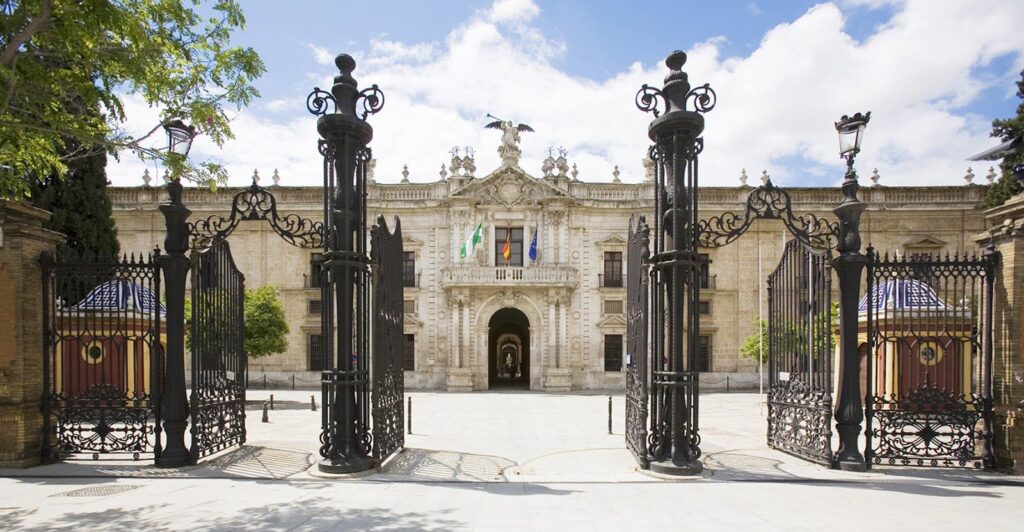
Late: Of the latest crop of new restaurants, Seis (00 34 955 440 030), in central Plaza Nueva, ticks all the boxes for décor (jungle-themed with myriad trailing tendrils), service (efficient, friendly staff in intelligent white uniforms), and food (modern Mediterranean-Asian), as well as offering superb value. Start with a house-designed exotic cocktail at the lively bar (you’re under a tree canopy), which might be served in a Moroccan mosaic-tiled bowl. Then, slide into a cozy booth for a crab taco or rice with duck and mushrooms. Finish off your evening at rooftop bar EME Catedral Terraza (Calle Alemanes 27; 00 34 954 560 000), where you can mingle with the brilliant crowd and sip a mojito at eye-level with some gravity-defying flying buttresses.
Day 2
Morning: Head over the river to Triana’s bohemian, sailor, and ceramic tile neighborhood. Start with a visit to the Museo de Tolerancia (Plaza del Altozano; 00 34 954 33 22 40), housed in the ruins of the Castillo de San Jorge, the original seat of the Catholic Church’s 400-year purge – fascinating without being overly grim.
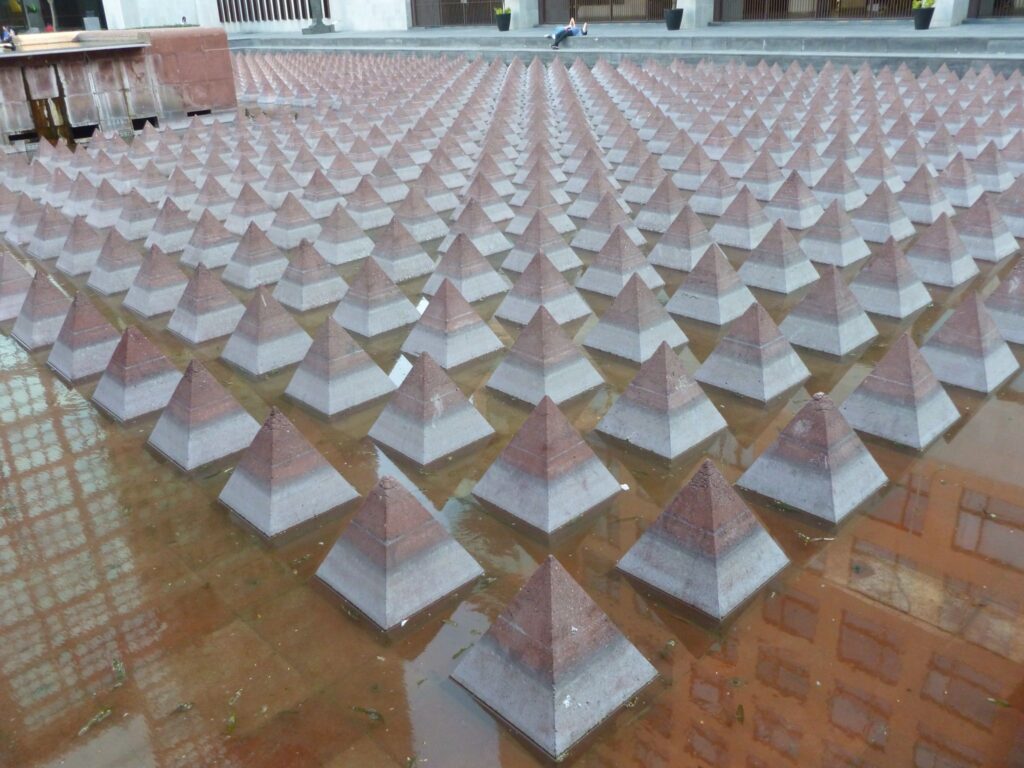
Then pop next door and absorb the sights, smells, and sounds of Triana Market (00 34 674 074 099), replete with fresh local produce – don’t miss the fabulous fish stalls with scary-looking seafood or skilled jamon-carvers. Saunter down Calle Pureza to Seville’s oldest parish church, Santa Ana, built-in 1266. Look out for the painting of Santa Rufina and Santa Justa, Christian martyrs who were potters from Triana; the city’s patron saints are pictured with the Giralda, which they saved from an earthquake, according to local legend.
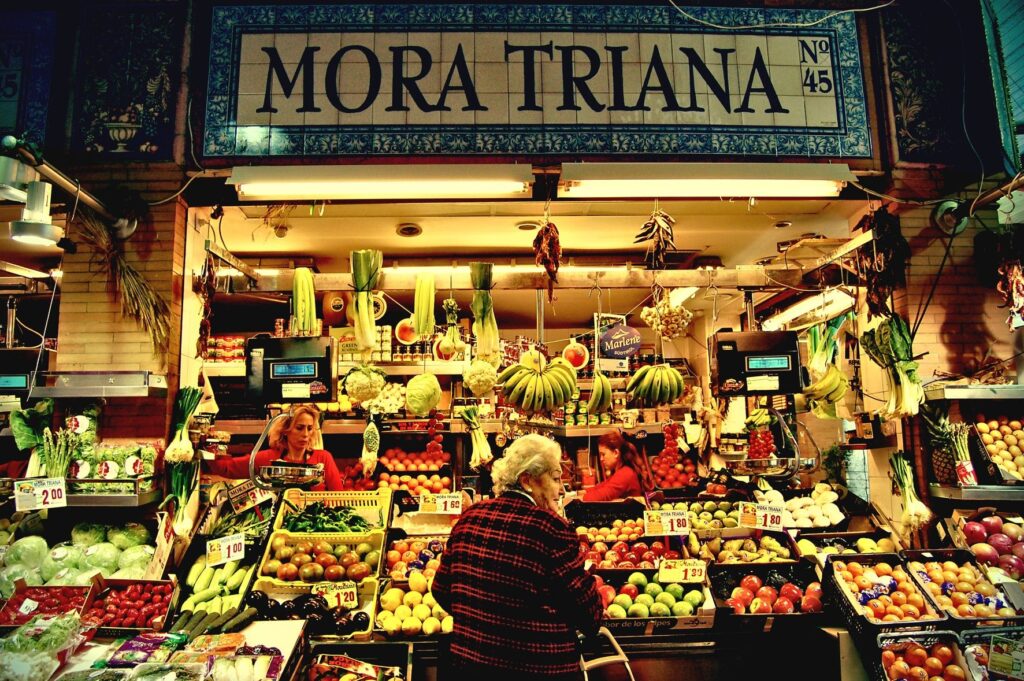
Afternoon: Back over the river in the San Lorenzo district, venture into the cavernous Antigua Abaceria de San Lorenzo (Calle Teodosio 53; 00 34 954 38 00 67), a restaurant/grocery store packed with eclectic knick-knacks which feels like someone’s house. Here, you’ll eat elbow to elbow with Sevillanos – the menu is traditional local fare, no fancy plating or artful design – tortilla or fried eggs with chorizo and tomato. Over on the Alameda de Hercules, the center of bearded hipster-dom, go up to the rooftop bar at the Corner House (34 954 913 262) for a bird’s eye view of alternative Seville – the terrace offers an unpretentious, laid-back vibe; Aperol spritz is the drink of choice.
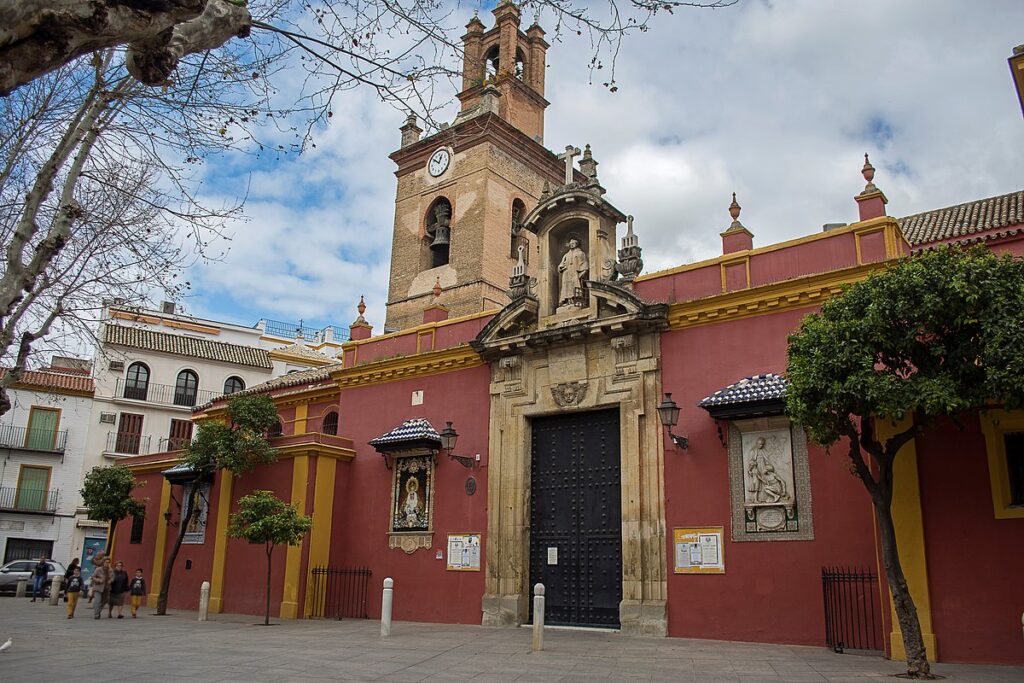
Late: Cross back into the gypsy district and head to T de Triana (00 34 954 331 203) on Calle Betis, which has authentic flamenco shows on an intimate scale – the performers are swishing their skirts inches from your face. You might even see a neighbor-joining in spontaneously, in the true spirit of flamenco. Have a beer (you get one with your ticket) and tapas overlooking the river. Then head down Calle Betis to Embarcadero (00 34 610 727 755), a nautical-feel bar with tables almost on the water. Alternatively, if you feel inspired to take to the floor yourself, go back towards Triana Bridge to Lo Nuestro (00 34 699 995 241), where locals practice Sevillanos, a local version of flamenco performed in pairs at the Spring Fair, to live music all year round.










